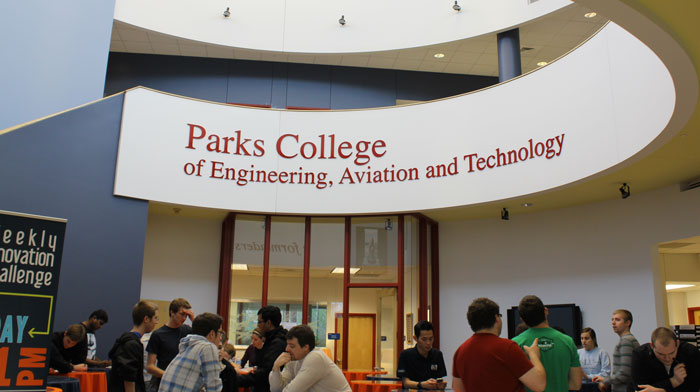
First U.S. certified flying school owns rich history and national prestige
The Parks College of Engineering, Aviation and Technology began as the humble Parks Air College, started by an ambitious Chevrolet salesman who found the quality of aviation education in his era to be lacking.
Oliver L. Parks, known to many as “Lafe,” took flying lessons at Lambert Field, now Lambert-St. Louis International Airport, in 1925 and received his pilot rating in 1926, the certificate bearing the signature of one Orville Wright. His inspiration for starting an aviation school came when he nearly crash-landed at Sportsman’s Park.
Determined to give future aviators proper training, Parks became the first instructor at Parks Air College, which he opened on Aug. 1, 1927 in a rented hangar at Lambert Field. Just months before, Charles Lindbergh had made the first solo non-stop transatlantic flight in The Spirit of St. Louis, a display of the future potential of flight.
Parks moved the college to Cahokia, Ill. in 1928 to give it a permanent home. The school would be the first to receive a certificate as a Transport and Limited Commercial Ground and Flying School in 1929.
Parks continued to innovate in aeronautical education when he started Parks Air College Airline in 1935. The use of mock money was the only thing that distinguished the student-run airline from a commercial flight company. Students would gain hands-on experience in every position of an airline corporation.
Yet the possibility of war was and his school would play a central role in helping the United States military to build up a working air force.
Henry H. Arnold, chief of the Air Corps, which was the predecessor to the U.S. Air Force, called on multiple civilian aviation schools across the country, including Parks, to start training cadets for flight. Parks opened his doors, and four more facilities, over the course of the war.
Over a period of four months, Parks tripled the capacity of his original college and opened three more facilities of equal size.
By the end of the war effort, Parks owned five aviation institutions and had educated 24,000 commissioned pilots, or one-tenth of all aviation cadets entering the Air Force during wartime.
At the end of the war, Parks decided he would give Parks Air College to Saint Louis University. The gift was inspired in one respect by a religious experience years before in which Parks was helped by a group of Jesuits after a near-fatal crash. Parks also felt that small, local aviation schools would soon lose demand, and the college needed to expand to include an engineering curriculum and other higher education components.
While many disapproved of the decision, both at Parks and SLU, President Patrick J. Holloran, S.J. was ecstatic, calling the addition of Parks “the greatest single forward step the University has ever been permitted to take.” Parks College officially joined SLU in 1946.
The college continued to grow and improve over the years, developing longer school years with a strong engineering curriculum focused on specialization to properly prepare its students for employment. But just as Parks was preparing for accreditation, the SLU administration threw their engineering friends for a loop.
Due to financial issues at the University, the Board of Trustees decided it would be best to sell a number of schools in 1970, including Parks, to help keep their institution afloat.
A conversation began with Southern Illinois University-Edwardsville, and after surveying the campus, Parks was valued at $3,155,000. The trustees and President Paul C. Reinert, S.J., supported the move and expected a successful sale.
However, a recent cut in state educational expenses, as well as Parks’ residential campus and closer ties with students residing outside of Illinois, forced SIU-E to kill the deal.
Following the failed sale, the University decided to give Parks autonomy as a college tied to the University but not paid for by SLU funds.
Parks proceeded to fundraise and recruit in order to increase enrollment and bring in more money.
After increasing enrollment and nearly breaking even financially in 1972 and another attempted and failed sale, University trustees and administrators deemed Parks an integral part of SLU and left ambitions of selling it behind. The institution would proceed rather quietly through the ‘80s.
Come 1994, with Chuck Kirkpatrick as the new dean of Parks, the college ran into problems with an aging facility and declining enrollment.
As computers and digital networks continued to advance, the Cahokia campus had to find a way to upgrade their buildings in order to stay up-to-date in terms of technological standards. Further, Parks students were starting to complain that Frost Campus students had more access to better facilities for the same tuition price.
“We either had to close the place, invest a lot of money there and bring it up to speed, or kind of take advantage of everything that was already [on Frost Campus],” Kirkpatrick said. President Lawrence Biondi, S.J. and the Parks administrators decided to begin searching for a new building to house the engineering college. They settled on purchasing a rundown motel a block east of Grand Boulevard, now the location of McDonnel-Douglas Hall.
“The rotunda area was sort of the lobby of a really seedy motel,” Kirkpatrick said. “It was something the University sort of had on their radar for a while.”
The construction on the building began on the state-of-the-art facility, and in 1997, Parks College of Engineering, Aviation and Technology officially moved from Cahokia to its new home on the Frost Campus.
An increase of enrollment followed the move due to the appeal of a new facility to incoming students, and the proximity to the rest of SLU’s campus, which opened new avenues for inter-disciplinary work at the university.
Parks continued to flourish, developing stronger relationships with the engineering and aviation industries and building a stronger research culture at the college.
Newslink updates concerning achievements amongst Parks undergraduates serve to reinforce Kirkpatrick’s faith in their decision to move the school.
“Every once in a while I see things that make me think, ‘Well, that worked.’ And that’s all you can hope for,” Kirkpatrick said.



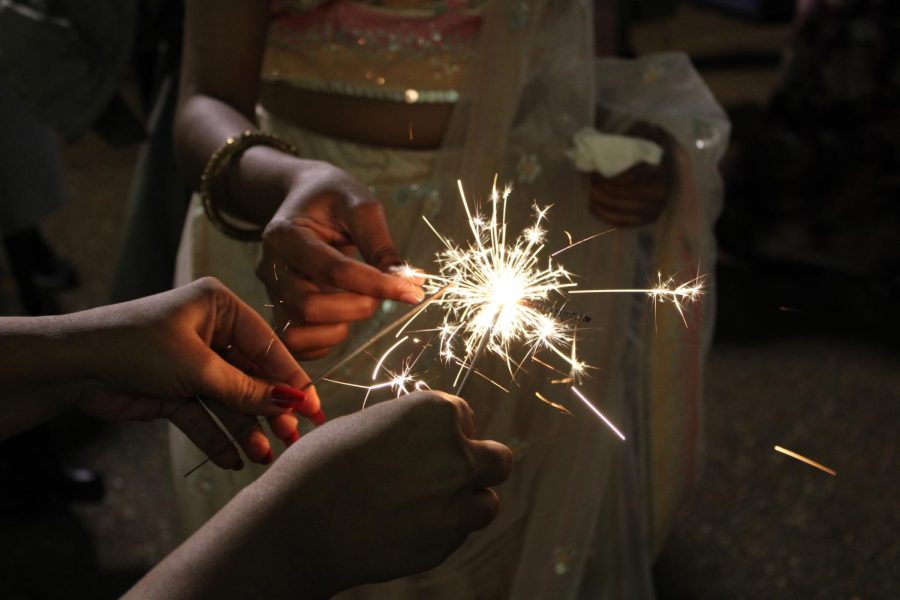
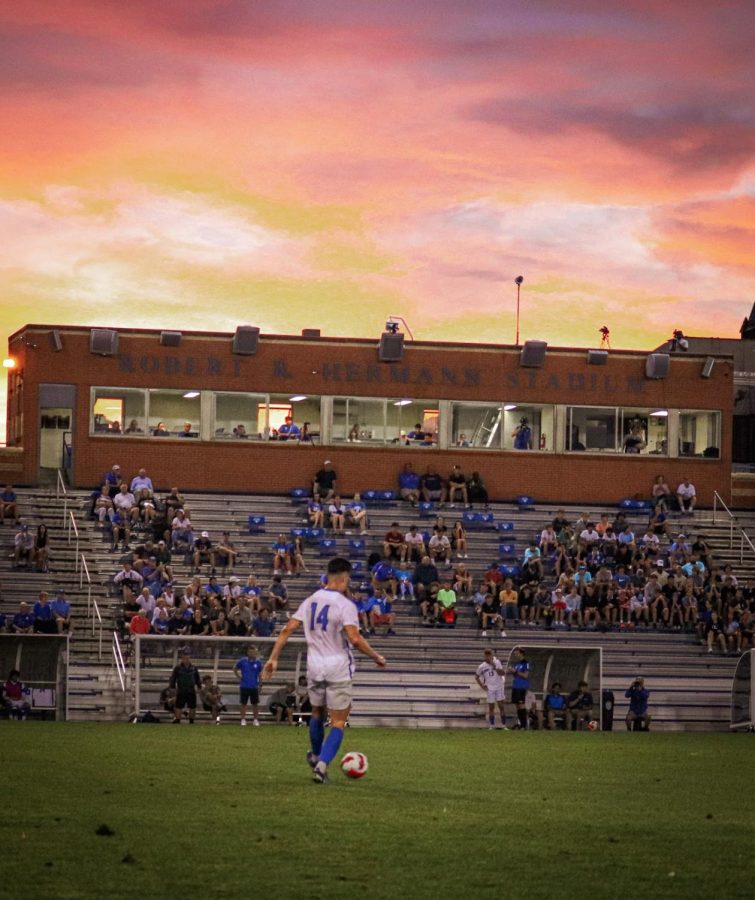

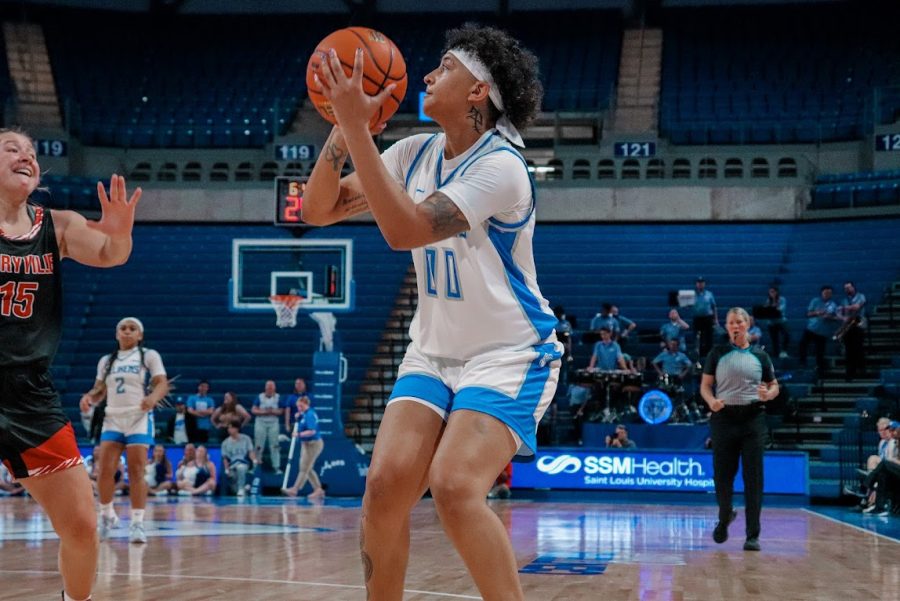
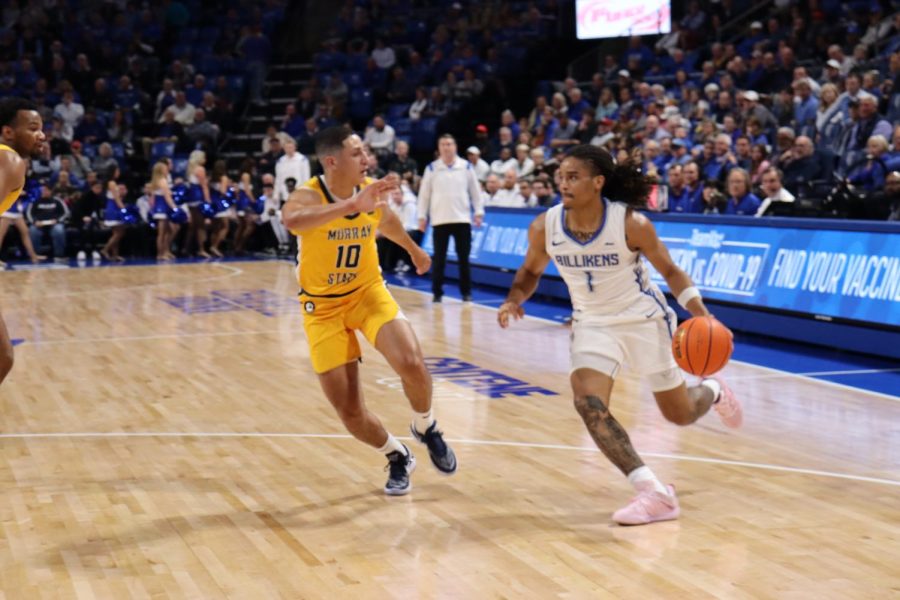

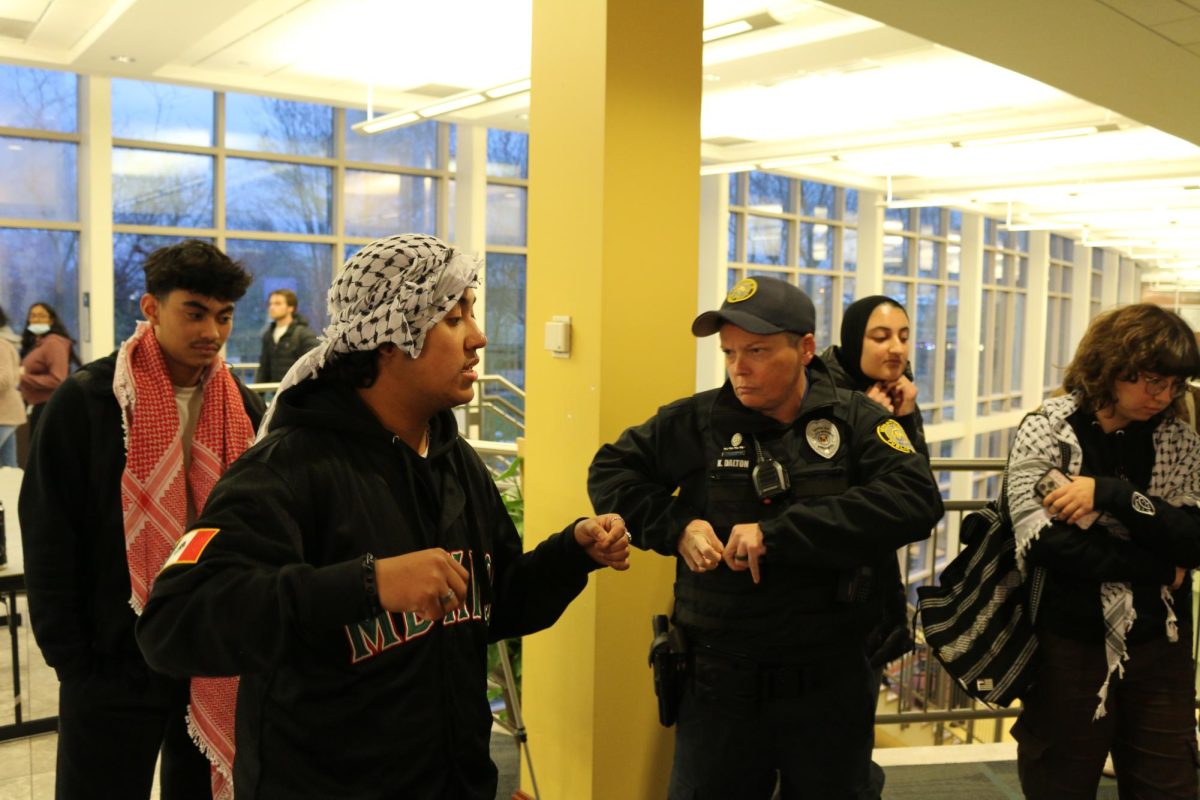
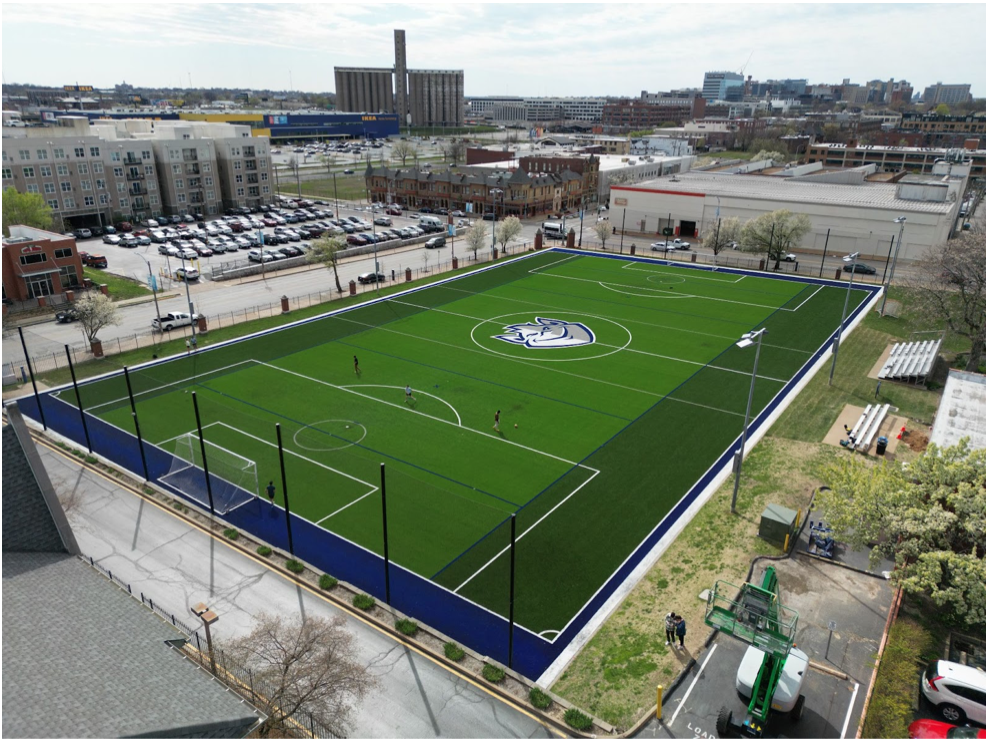

Mary Cothran • Aug 28, 2017 at 5:20 pm
Please contact me regarding a great deal of history I have about Parks Air College from my Gandfather, Arthur G. Edwards, He was Chief pilot at Cape Girardeau around 1939. I have several photos or people, plane and intersting items from PAC. Thank you very much.